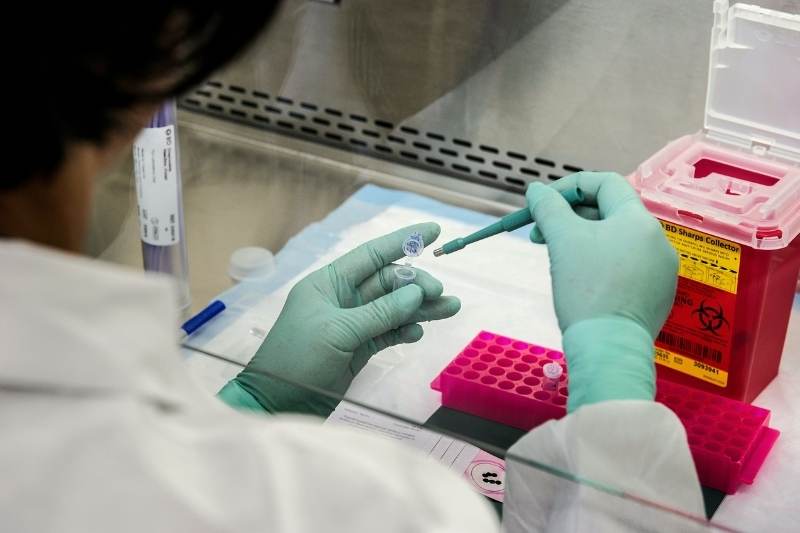
14 Mar Bioanalytics In The Development of Cell and Gene Therapies
What are the major challenges compared to biotech?
A greater number of cell and gene therapies are entering development, often with innovative modalities. One of the biggest challenges is within bioanalytics when understanding biodistribution and pharmacokinetics of cell and gene therapies. As discussed below, a new way of thinking is often required to overcome these challenges.
We interviewed our BioAssay trainer, Melody Janssen, to discuss bioanalytics in cell and gene therapies. We examine the differences from biotech and outline the main challenges her clients encounter.
What are the main differences between CGT and biotech when it comes to bioanalytics?
The complexity of the GCTs makes the bioanalytical approach challenging and we must think outside of the box for some of these new modalities.
When we think about a gene therapy delivered by use of adeno-associated viral vectors. We need to understand biodistribution and PK of the vector and the expressed transgene. In addition, immunogenicity must be monitored also for both vector and gene. The issue of pre-existing antibodies is a very common topic in anti-drug antibody assays established for adeno-associated vectors which can affect the quality of the assays. This is also true for the transgene, especially in heavily pre-treated patients.
When we look back for a second to the biologics and PK analysis which are typically run as ligand-binding assays, in some cases we are looking at chromatography-based methods. When we look at GCTs, we are utilizing methods like PCR, flow cytometry & in situ hybridization. These techniques have different pros and cons to the established ligand-binding assays and require a different set of skills.
Besides the challenge of set up of these assays, what about validation?
Validating these types of assays are not as widespread as for the ligand binding assays. When you look at the bioanalytical method validation guidelines amongst the agencies, these were written with chromatography and ligand-binding assays in mind. Some of the parameters addressed, may not be applicable and some more important for other technologies.
For example, in patients with very little endogenous gene expression, we may have to setup ultra-sensitive assays to establish baselines values that can then change very quickly after treatment. Thus, dynamic range of the assay needs to be wide and a stronger focus is put in sensitivity.
In summary, complexity of the bioanalytical package for gene-based therapies is not only due to different assay methodologies but also simply by the number of potential assays that need to be in place.
Now that we talked about gene-based therapies, any specifics about cell-based therapies?
Things get even more complex when we talk cell-based therapies. Let’s talk for a minute about mesenchymal stem cells. They are multipotent stem cells capable of renewing themselves. In addition, under the right in vitro stimuli, they can differentiate into different kinds of tissues. They have immune-modulating and tissue damage repair capabilities, which makes them incredibly attractive for therapeutic use. Their immune-modulating properties enables them to be used in an allogeneic setting, meaning that one can isolate from one donor and treat many patients. MSCs are what we call ‘immune privileged’.
It appears that mesenchymal stem cell therapies are the future. What are the challenges that companies face during clinical development?
Indeed, with > 1000 ongoing clinical trials using MSCs, it seems that these cells are high in demand.
The diversity of these cells are a blessing and a curse at the same time. It makes them very effective and usable in several diseases but also cause safety concerns. What do I mean: MSCs that are isolated from a donor are typically expanded and stimulated in an in vitro setting to achieve the desired differentiation and thus mode of action. But once injected into the receiving patient, they may wonder off and cause off-site effects. Therefore, biodistribution is a pivotal part of the pre-clinic and clinical development and thus of the bioanalytical package. An ideal technique should have the following features: high sensitivity; specificity; long-term detection and monitoring. One could think of MRI but that is expensive and just not practical during. We are a long way from having optimal techniques for such complex modalities, which also makes this a very interesting and fun field to work at!
All in all, I think the GCT field is forcing the industry and regulators to think outside of the box and that is in my view always a spark for innovation.
Watch the interview below:
Sign up for the Educo Newsletter
Stay up-to-date with the latest free trainer interviews, articles, training courses and more. We will also keep you updated on upcoming courses. Complete the form below.
View Our Range of Training Courses
Discover our range of online and classroom courses covering various topics within Pharmaceuticals (Regulatory Affairs), Biopharmaceuticals, Cell & Gene Therapies and Medical Devices & IVDs.